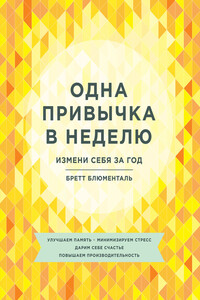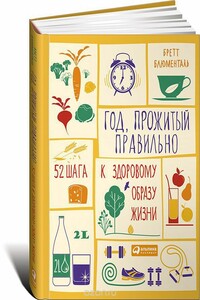4. Labelle, L. E., Campbell, T. S., Faris, P., & Carlson, L. E. (2015). Mediators of mindfulness based stress reduction (MBSR): Assessing the timing and sequence of change in cancer patients. Journal of Clinical Psychology, 71(1), 21–40.
5. Costa, A., & Barnhofer, T. (2016). Turning towards or turning away: A comparison of mindfulness meditation and guided imagery relaxation in patients with acute depression. Behavioural and Cognitive Psychotherapy, 44(4), 410–419.
6. Harpin, S. B., Rossi, A., Kim, A. K., & Swanson, L. M. (2016). Behavioral impacts of a mindfulness pilot intervention for elementary school students. Education, 137(2), 149–156.
7. Bennett, K., & Dorjee, D. (2016). The impact of a mindfulness-based stress reduction course (MBSR) on well-being and academic attainment of sixth-form students. Mindfulness, 7(1), 105–114.
8. Bureau of Labor Statistics. (2015, June 24). American time use survey [News release]. Retrieved from https://www.bls.gov/news.release/archives/atus_06242015.htm.
9. MacLean, K. L. (2009). Moody cow meditates. New York, NY: Simon & Schuster.
10. Morris, A. S., Silk, J. S., Steinberg, L., Myers, S. S., & Robinson, L. R. (2007). The role of the family context in the development of emotion regulation. Social Development, 16(2), 361–388. http://doi.org/10.1111/j.1467–9507.2007.00389.x.
Неделя 45. Возьмите свое здоровье в свои руки
1. García, M. C. (2016). Potentially preventable deaths among the five leading causes of death — United States, 2010 and 2014. Morbidity and Mortality Weekly Report, 65. Retrieved from https://www.cdc.gov/mmwr/volumes/65/wr/mm6545a1.htm.
2. Pew Research Center. (2014, January 15). The social life of health information. Retrieved from http://www.pewresearch.org/fact-tank/2014/01/15/the-social-life-of-health-information/.
3. Stacey, D., Légaré, F., Lewis, K., Barry, M. J., Bennett, C. L., Eden, K. B.,… Trevena, L. (2017). Decision aids for people facing health treatment or screening decisions. Cochrane Database of Systematic Reviews. doi:10.1002/14651858.CD001431.pub3.
4. Kew, K. M., & Malik, P. (2016). Shared decision-making for people with asthma. Cochrane Database of Systematic Reviews. doi:10.1002/14651858.CD012330.pub2.
5. Coxeter, P., Del Mar, C., McGregor, L., Beller, E., & Hoffmann, T. C. (2015). Interventions to facilitate shared decision making to address antibiotic use for acute respiratory infections in primary care. Cochrane Database of Systematic Reviews, 11(CD010907), 1.
6. Tuso, P. (2014). Prediabetes and lifestyle modification: Time to prevent a preventable disease. Permanente Journal, 18(3), 88.
7. National Center for Health Statistics. (2017). Health, United States, 2016: With chartbook on long-term trends in health (p. 25, tables 78 and 80).
8. Abramson, J. D., & Redberg, R. F. (2013, November 13). Don’t give more patients statins. New York Times.
Неделя 46. Больше позитива
1. Gordon, R. A. (2008). Attributional style and athletic performance: Strategic optimism and defensive pessimism. Psychology of Sport and Exercise, 9(3), 336–350.
2. Schiavon, C. C., Marchetti, E., Gurgel, L. G., Busnello, F. M., & Reppold, C. T. (2016). Optimism and hope in chronic disease: A systematic review. Frontiers in Psychology, 7.
3. DuBois, C. M., Beach, S. R., Kashdan, T. B., Nyer, M. B., Park, E. R., Celano, C. M., & Huffman, J. C. (2012). Positive psychological attributes and cardiac outcomes: Associations, mechanisms, and interventions. Psychosomatics, 53(4), 303–318.
4. Conversano, C., Rotondo, A., Lensi, E., Della Vista, O., Arpone, F., & Reda, M. A. (2010). Optimism and its impact on mental and physical well-being. Clinical Practice and Epidemiology in Mental Health, 6, 25.
5. Hecht, D. (2013). The neural basis of optimism and pessimism. Experimental Neurobiology, 22(3), 173–199.
6. Kleinke, C. L., Peterson, T. R., & Rutledge, T. R. (1998). Effects of self-generated facial expressions on mood. Journal of Personality and Social Psychology, 74(1), 272.
Неделя 47. Готовьте дома, ешьте вместе
1. Economist










